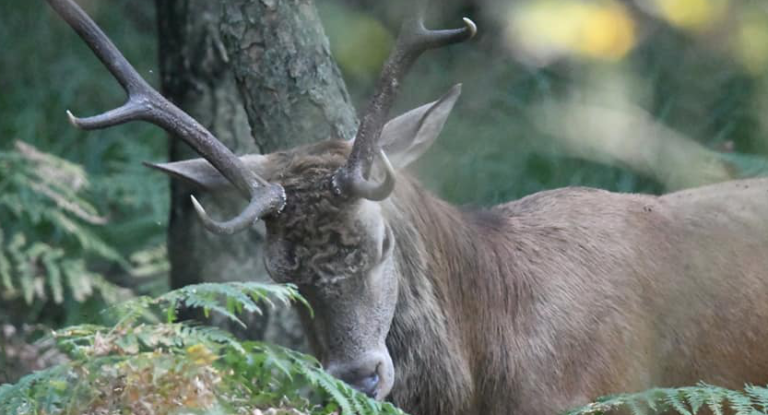
THE FEAR LANDSCAPE is a map describing the continuous spatial variation in the animal’s perception of predation risk.
It is interesting to note that wolves influence potential prey in direct and indirect ways, reducing population size and/or modifying animal behavior. Not only that, the fear of predation caused by the mere presence of a predator in the ecosystem is increasingly perceived as a more important aspect and outweighs the direct influence (Preisser et al. 2005 ).
In a research conducted by D. Kuijper et al. (2014) in the Bialowieza Forest, it was proven that the presence of a wolf changes deer behavior significantly. The risk of predation increases their vigilance and intensifies movement, reducing foraging time. Such behaviors are observed in areas of frequent wolf presence and thus increased risk of predation. These results indicate that predation effects on prey are behaviorally dependent and may become more important than effects of quantity on lower trophic levels. The research shows that there is the possibility of a cascading effect of large predators on naturally regenerating trees in the European forest system.
I was more interested in the study carried out by Z. Borowski, A. Wójcicki and M. Jackowiak, entitled „The role of large predators in the natural regeneration of trees. ” They were conducted in the area of commercial forests of three Forest Districts: Borne Sulinowo, Manowo and Polanow. They showed that the presence of wolves can theoretically reduce damage caused by deer on forest crops. Predators changed the feeding behavior of deer and indirectly reduced the pressure generated by them on young trees in specific locations of wolf scent exposure.
That’s it scientific aspect, but how does it look from my, forest and practical point of view.
I still remember the times when the wolf was just settling down in Bory Dolnoslaskie. When I started my work, I often saw pine seedlings in the crops completely trampled and gnawed by deer and roe deer. We felt pity over young stands where pine trees were bitten off bark piece by piece. Now such situations are rare. There are places where the percentage of damage is still significant, because how else can it be, after all game has to eat something, but the damage to stands in general is economically insignificant and dispersed.
Moreover, we intend to completely abandon the fencing of crops and pull down the existing fences. We hope that by freeing up additional areas, which were inaccessible for wildlife or restricted access, the damage from deer feeding will be even more dispersed. More studies on the topic of the scare landscape are already in the pipeline being done as well, on forest districts.
